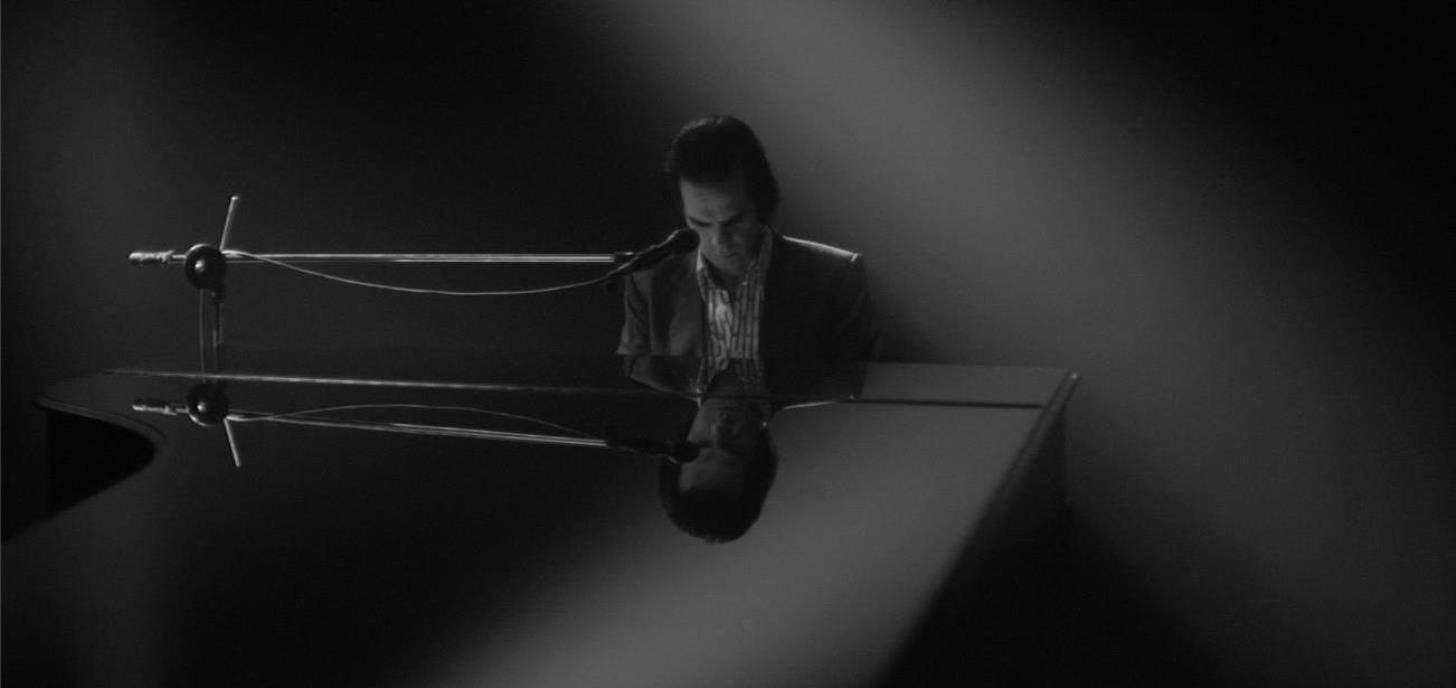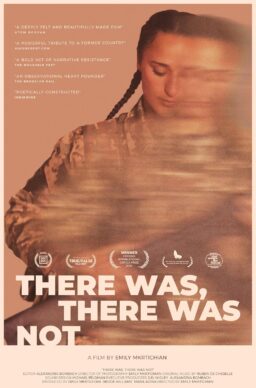The most keenly exhilarating movie I’ve seen at the Venice
Film Festival, and as of this moment my favorite American picture of 2016, “The Bad Batch,” is the second feature
from director Ana Lily Amirpour. Amirpour’s 2014 “A Girl Walks Home Alone at
Night” was that rarest of concoctions, a genre-splicing picture that was
informed by movies of the past, but not so in thrall to them that the knowledge
compromised a vital and original aesthetic vision. A black-and-white horror
Western about a female vampire, the movie had an eerie feel and an emotional
pull that extended way past the novelty features certain accounts of the film
concentrated on, such as the fact that its dialogue was in Farsi.
“The Bad Batch” is a color and widescreen film, in English,
although after some early exchanges between the redneck cops who put
protagonist Arlen (Suki Waterhouse) on the wrong side of a fence that separates
the “Territory of Texas” from the United States of America, there’s no dialogue
in the film for another 15 minutes. It’s clear right off the bat that this
movie takes place in a bad place at a bad time; Arlen’s got a new tattoo of a
number behind her ear and once she’s on the other side of the fence, there’s
just a lot of desert before her. She unfolds a piece of paper that says “Find
Comfort” and begins walking. In her trucker hat with a middle finger/fist
graphic on the front and her day-glo shorts, she cuts a confident figure as she
marches forward. In short order, however, she finds herself minus two limbs.
Stranded in a nightmare camp full of bodybuilders and amputees who, we learn,
are being whittled down for food, she contrives her escape in a particularly nasty
way. Out in the desert, a sun-crazed forager—Jim Carrey, in mute Fire Marshall
Bill mode—finds her, puts her in his cart, and brings her to a wall of shipping
containers, behind which lies the anarchic town of Comfort.
Amirpour’s movie dribbles out expository information with
sly purposefulness; the viewer never learns just what happened to the U.S., but
we do know that these outcasts, “the bad batch,” are supposedly
“non-functioning members of society,” ranging from the mentally ill to illegal
immigrants and above and below and beyond. Essentially, the movie takes place
during the second Trump administration, I guess. In the movie, Arlen is obliged
to eventually grapple with two discrete threats. Inside the Comfort compound
there’s a man who calls himself The Dream (Keanu Reeves). He established and
oversees the place, and he’s in the process of creating a literal patriarchy.
Outside of Comfort, there’s a massive, quietly brutal and sometimes strangely
gentle member of the cannibalistic “Bridge People.” Call him
“Miami Man,” after the tattoo on his chest. (He’s played by the
intimidating Jason Momoa.) He’s on a desperate search for his young daughter,
who has ended up under Arlen’s care after a series of unpleasant
post-relocation events.
“The Bad Batch” has a pretty nerve-wracking storyline full
of unusual twists and turns; although it ends in a way that’s completely
satisfying (albeit oddly so), the way it gets there is never entirely
predictable. Its vision of its heroine will no doubt inspire reams of feminist
consideration, and rightly so. I was thrilled by the film on purely cinematic
terms. Amirpour can choreograph and shoot scenes of grotesque brutality like
nobody’s business, but her command of pacing and composition really sets her
apart. For such an incident-packed movie, it’s full of loooooong pauses within
striking framings. Some scenes feel like Sergio Leone out of Jim Jarmusch. Her
senses of pop and pulp are also exquisite; she’s like the more nuanced heir to
Quentin Tarantino that Tarantino himself could never have imagined. To carry
that analogy further (not that I want to carry it too far), this movie should
be Amirpour’s “Reservoir Dogs:” a notice that she has arrived, and that it’s
her time now.

“One More Time with
Feeling” is a new film in black-and-white 3D directed by Andrew Dominik.
Its format is hardly the only unusual thing about it. In a very real sense it’s
a promotional film about a recording: the new album “Skeleton Tree” by Nick
Cave and his band The Bad Seeds. It has staged scenes of Cave singing and
playing songs from the record with his band; it has some “you are there” studio
material that proves once again that watching rock musicians make a record can
be kind of beside the point, even when the musicians are inspired and on their
game (just as Godard in “One Plus One” proved that musicians don’t have to be
inspired and on their game to eventually make a good record, but the process is
even more tedious to watch in that case).
The first 35 minutes or so see Dominik seeming to
indulging in the sort of “see the process behind the process” games that have
become so endemic to such enterprises: interview subjects converse with the men
behind the camera, someone else is shooting the people who are shooting the
“official” stuff going into the movie, and so on. But Dominik’s moves are
purposeful in a way that makes the picture a terribly moving one by its finale.
Those familiar with Cave’s work and life will understand that in those first 35 minutes everybody involved, including Dominik and Cave’s very close
musical collaborator Warren Ellis, are circling around a huge issue: that
Cave’s 15-year-old son Arthur died halfway through the making of this
record. As it happens, Cave himself commissioned the film on realizing that
once the record was to be released, he would be obliged to promote it. He is
still so seared by his trauma that he can’t bear the idea of being asked by
journalists about it repeatedly; so this, then, is his communiqué, albeit a
communiqué mediated by another genuine artist. These artists’ seeming formal
feints are all the while making room for a real reckoning with tragedy. The
film’s power can reach anyone who’s suffered a terrible sudden loss, even if
they’ve never heard of Nick Cave.
To read the rest of Glenn Kenny’s coverage from the 2016 Venice Film Festival, click here.












